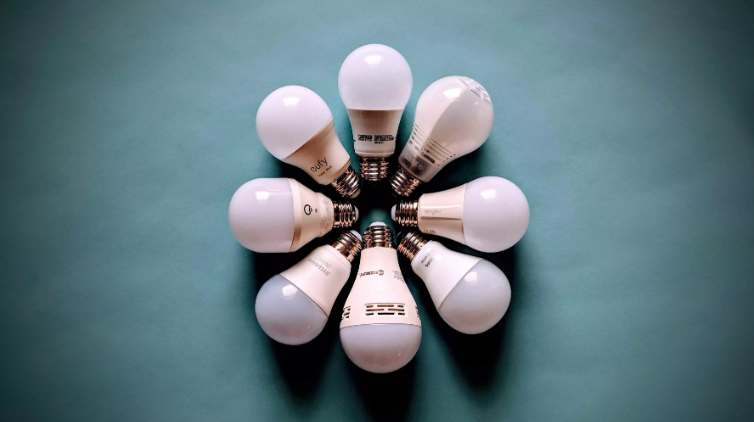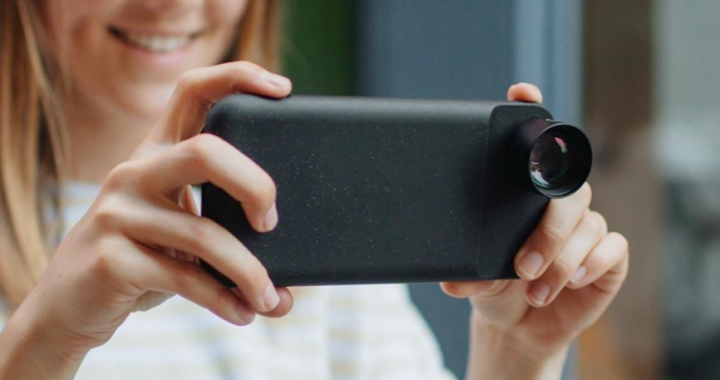Things to know before buying a Smart Light
3 min read
Now is the perfect time to fill your home with smart light bulbs and switches. There is no shortage of hallway lighting options, especially smart bulbs, which are as affordable as the smart home.
From light bulbs and sockets to switches and wall panels, smart lights are a popular entry point for smart homes. And with so many new options on the market, including smart LEDs that don’t cost a lot, you might be tempted to fill your entire home with stuff.
There’s a lot to be said for an entire home lighting setup, including benefits like automatic vacation lighting that makes you feel right at home when you’re not. fun color-changing lightbulb novelty and convenience Turn off all your kids lights with a single voice command when you go to bed.
The first question to ask yourself before buying smart lights: what platform do you want to control them on? Most of the options have their own control apps that allow you to group lights together and turn them on and off at specific times. However, you most likely want to do more than just upgrade your lights.
If so, you should consider a larger smart home platform that can handle all the different devices you use.
Pairing smart lights with voice assistants is one of the most popular options. Whether it’s Google Assistant, Apple’s Siri, or Amazon’s Alexa, each has a powerful and connected home control point, especially when you’re ready to have a speaker. smartphone or display in a central location in yours at home. When you have one, adding lights that your chosen assistant can control is almost instantaneous, and you can use them with things like cameras, thermostats, and smart security systems.
Smart lights use wireless transmissions to send and receive their signals, and different lights use different methods to get the job done. Some use built-in Wi-Fi radios to connect directly to your router so you can control them remotely anywhere you have an internet connection. Others use Bluetooth radios to connect directly to their phone when they are about 50 feet away. To control these lights from further afield, you need a Wi-Fi hub to transmit its signals to you and your router via the cloud.
And then there’s Zigbee, which you can think of as a local wireless network for your smart home devices. Many smart lighting products use ZigBee to send their signals. In this case, you need a ZigBee hub connected to your router to translate these signals to your home network. Most ZigBee lights offer their own version of a hub, and it’s generally not at all complicated to install, but it adds an additional cost.
Still, things are getting easier. Zigbee’s best-known brand, Philips Hue, recently began adding secondary Bluetooth radios to their products that allow you to bypass the hub and connect directly to your phone for basic controls. You’ll also find a number of smart home devices that function as a ZigBee hub, including the second-generation Amazon Echo Plus and the Amazon Echo Show. They can both translate those ZigBee smart bulb signals into something your WiFi router can understand.






